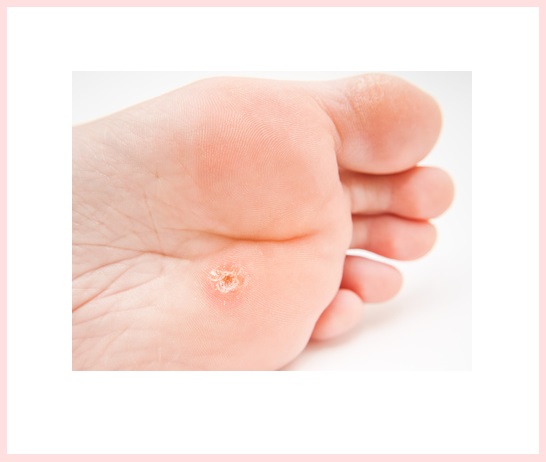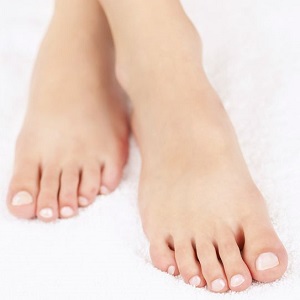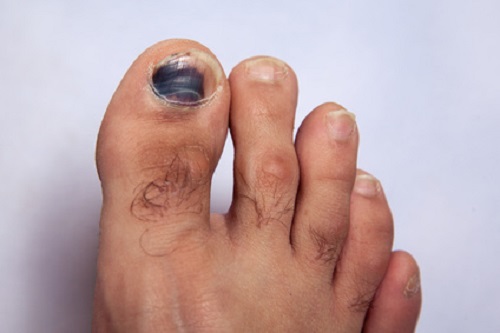Common and not so Common Childhood Foot Problems
Many adults have experience with a variety of foot problems as they are one of the most common ailments suffered by adults, but childhood foot problems are just as common. Children often face just as many, if not more foot problems than adults. For kids with genetic defects or neurological abnormalities, foot problems are actually very common. Let’s take a look at some very common foot problems suffered by children and what might cause them.
Ingrown Toenails
This might be the most common foot problem for children as the growth spurts that they go through can lead to them having tight-fitting shoes which is a big contributor to ingrown toenails. An ingrown toenail happens when the edge of a toenail grows directly into the skin and causes a lot of pain. Often times it even causes infection if the toenail breaks the skin, and it can be difficult to walk with an ingrown toenail. The best way to avoid this is to wear properly fitting shoes and to properly cut the toenails in a way that doesn’t lead them to grow into the skin near the corners of the nail.
Plantar Warts
Plantar warts are another one of the most common childhood foot problems, and unlike ingrown toenails, they are actually caused by a virus. They are usually painful to walk on and circular in shape. One way to distinguish a plantar wart from another type of lesion is to look for tiny black dots on it. A plantar wart can pop up anywhere on a child’s body but the most commonplace for it to rear its head is on the heel. This is because the heel is often subject to micro-trauma which gives the wart a place to take root. Plantar warts are more often found in children and this is thought to be true because adults have more time to develop the immunity needed to prevent plantar warts, while children oftentimes have not.
Toe Walking
For children age 3 and younger, another common childhood foot problem is toe walking. Toe walking refers to a person’s habit of walking on the front of their feet with very little or no weight applied to the heel. Toe walking is very common in children with Autism and can lead to severe deformities in the feet if not treated. There are many different ways to treat toe walking, such as;
- Physical exercises to stretch out the tendon in the foot
- Therapeutic vestibular stimulation
- Prism lenses
- Casting
- Surgery
Surgery is most often a last resort for toe walkers, especially those with Autism. Prism lenses have been found to be very effective in eliminating toe walking, as they displace the child’s field of vision and force them to walk normally, or else they would lose their balance and fall over. The changes in toe walking are immediately noticeable in children with Autism after putting on a pair of prism lenses, and they typically only need to wear the lenses for 1 year.
High Stepping Gait
Of all the childhood foot problems, this one is much less common. A high step gait means that the foot drops lower when lifted off the ground, often due to some kind of damage or abnormality of the muscle or nerve that is used to bend it upwards at the ankle. A high step gait in children is usually characterized by the child lifting their leg at the hip when they walk in order to compensate for the inability to bend the foot upward as they take a step. Children with a high step gait will often scrape their toes along the ground as they walk, and may have trouble walking without tripping often.
It can be caused by a multitude of things including;
- Damage to the deep peroneal nerve
- Polio
- Multiple Sclerosis
- Spinal disc herniation
- Muscular atrophy
- Spondylolisthesis
- Charcot-Marie-Tooth disease
Stay alert to Childhood Foot problems
Childhood comes with all sorts of problems and physical health issues for parents to watch out for, and the feet are the source of many of them. The feet are the most used parts of our bodies and as such, problems like plantar warts, ingrown toenails, high step gait, and toe walking are commonly seen. Some of these may be due to neurological issues or genetic defects but others have very simple treatments. With the proper knowledge, you can help prevent and treat childhood foot problems to the best of your ability to improve outcomes




